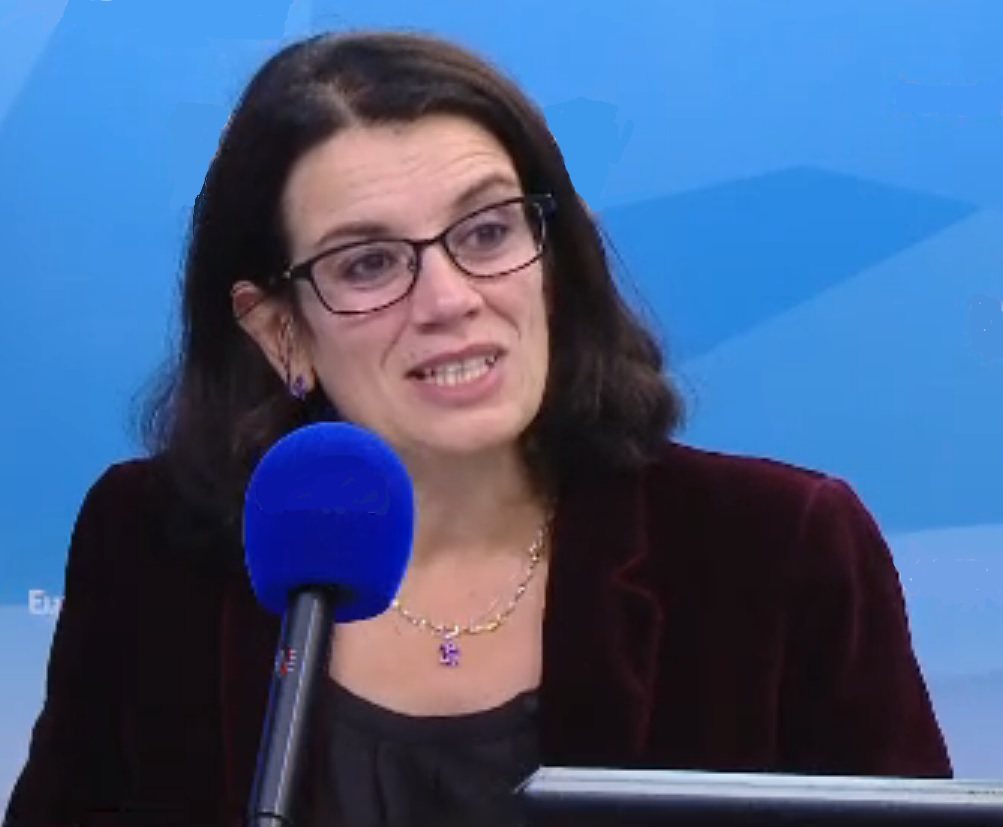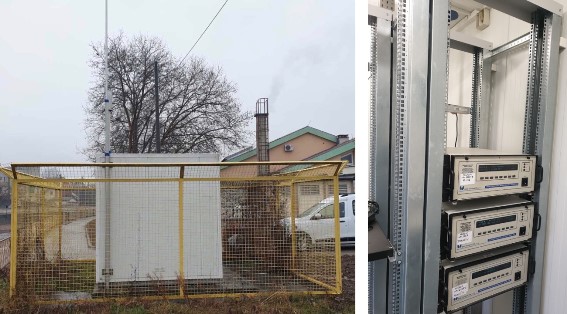On 24 September 2020 EAS3 expert Laurence Rouil made a presentation on the network of monitoring stations in front of a group of interested donors (UN, UNDP, Work Bank, WHO, Heinrich Böll Stiftung), development agencies (France, Sweden, Germany, Norway) and NGOs (RES Foundation, Health & Environment Alliance - HEAL, Renewables and Environmental Regulatory Institute – RERI). This online group was initialized on behalf of EU Delegation in Serbia during Covid-19 pandemic as a channel for involving experts in discussions on the topic of air protection and its progress and current affairs in Serbia.
 Laurence Rouil from EAS3 project (representing consortium partner INERIS) presented report on status of the Serbian air quality monitoring strategy, as EAS3 project aims at assessing and increasing alignment of Serbian environmental legislations with EU acquis, and air quality is one of the fields targeted by the project (with respect to monitoring and management strategies). It is an in-depth analysis of the compliance of the Serbian air quality monitoring network with EU requirements, where pollutants concerned were: SO2, NO2, O3, CO, Benzene, Pb, PM10, PM2.5, Cd, As, Ni, B(a)P. All zones were stations considered. Compliance was assessed at zone level; country level; station level; and operator level.
Laurence Rouil from EAS3 project (representing consortium partner INERIS) presented report on status of the Serbian air quality monitoring strategy, as EAS3 project aims at assessing and increasing alignment of Serbian environmental legislations with EU acquis, and air quality is one of the fields targeted by the project (with respect to monitoring and management strategies). It is an in-depth analysis of the compliance of the Serbian air quality monitoring network with EU requirements, where pollutants concerned were: SO2, NO2, O3, CO, Benzene, Pb, PM10, PM2.5, Cd, As, Ni, B(a)P. All zones were stations considered. Compliance was assessed at zone level; country level; station level; and operator level.
Methodology consists of 11 zones: 3 non-agglomerations and 8 agglomerations, 3 monitoring levels operated by national and local organisations. Population density and air pollution current levels determine the number and type of stations. The number of stations operated is globally correct, but few stations are missing in the Serbia zone (non-agglomeration) and Vojvodina, and coordination between Serbian Environmental Protection Agency and local coordinators is essential and should be improved.

Complience with EU regulations works, coordination between local and national level challenging
At the country level national requirements related to complementary measurements (precursors) or rules for the type of stations regarding the urban/traffic are compliant with EU requirements even if there is a room for optimisation with better coordination between national and local operators.
Available information about sampling frequency and time coverage in stations is satisfactory but not enough documented. Critical point was data capture rate (number of valid measurements) that dramatically decreased between 2011 and 2017 but started to improved in 2018 thanks to allocation of appropriate budget. In 2019 about 85% of stations have valid data.
Operationally, the EU Directives require the nomination of a national reference laboratory responsible for implementation of calibration, accreditation and reporting and maintenance plans (prioritisation in stations/networks management). There is a need for defining an appropriate strategy for optimal use of financial resources: it seems the problem is not the number of stations but their maintenance, quality, and sustainability. Coordination between national and local organisations in charge of the implementation of the stations is essential as well as improving communication to the general public.
EAS3 project is working on national air strategy and a solid draft will be discussed and consulted with wide public.